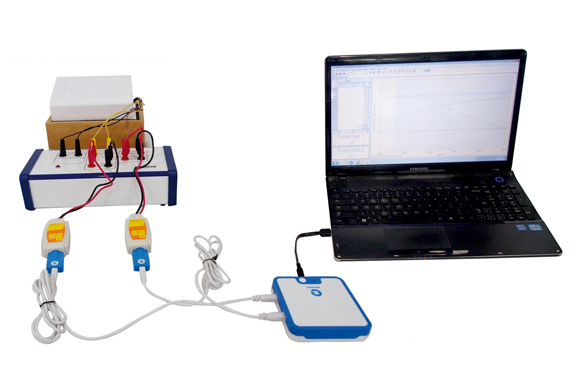
Principle and Working:
Meissner effect, the expulsion of a magnetic field from the interior of a material that is in the process of becoming a superconductor, that is, losing its resistance to the flow of electrical currents when cooled below a certain temperature, called the transition temperature, usually close to absolute zero. The Meissner effect, a property of all superconductors, was discovered by the German physicists W. Meissner and R. Ochsenfeld in 1933.
...
In the present setup, the transition temperature of high temperature superconductor BSCCO (Bismuth) is measured. A probe chamber with its attached thermocouple is used for liquid nitrogen in which the superconducting probe (sample) is cooled to below its critical temperature of approximately 93 K or -180 °C. The superconductivity probe so designed precisely is based on four- point measurement for resistivity, the end points of which are for fixed current and middle points for voltage drop. A temperature sensor is also attached on the surface of the sample. The voltage drop across the sample is measured as a function of the sample temperature using the voltage sensor.